The Hardiest Hedge You Can Grow!
Once established, your evergreen Schipka Cherry Laurel (Skip Laurel) will need no maintenance at all!
This gorgeous, dense evergreen can be trained as a hedge or left unclipped to show off its naturally beautiful shape…
But if you want a fast, dense screen or privacy hedge, then the Skip Laurel is the right choice.
This evergreen is hardy and resistant in every way possible…
- Drought tolerant - no need to water after it's established
- Deer resistant - not many evergreens can say that!
- Tolerant of air pollution - great for cities and urban landscapes
- Adaptable to dry, poor soil - plant it anywhere
- Grows the same in shade or sun - perfect for any spot in your yard
No matter where you plant your Skip Laurel, you'll get dense, glossy evergreen foliage.
The more you plant together, the denser the foliage becomes…
Growing 2 ft. each year, you can grow an impenetrable screen or hedge in no time at all.
Or let the unclipped Skip Laurel grow naturally and get a spring show of gorgeous, white, candle-like flowers with dark berries in autumn and winter.
Whether you need a fast, thick hedge for privacy, wind screening or as barrier for dust and traffic noise…
Or you just want to plant a stunning evergreen, but don't have the time for maintenance...
Note: If your plant arrives with holes or damaged leaves, don’t be alarmed! Laurels do not like being in containers, so it is very common for this cosmetic damage to occur. Once plant your Laurel in the ground, new growth will emerge happy, healthy and hole-free. If you have any concerns, don’t hesitate to contact us!
The Skip Laurel can do it all. Order yours today!
Planting & Care
1. Planting: First, select a location with well-drained soil and full sun to partial shade – any area with about 4 to 6 hours of sunlight should suffice. When you’re ready to plant, dig a hole that’s about three times the width of your plant’s root ball, and place your plant.
2. Watering: Once established, your Skip Laurel is relatively drought-tolerant, but it’s important to have a regular watering schedule for the first few growing seasons. Water about once weekly or check the surrounding soil about 2 or 3 inches down. Generally, we recommend letting a garden hose run for about 1 to 3 minutes per week, depending on your soil.
3. Fertilizing: You'll want to use a shrub and tree fertilizer, unless a soil test shows that nutrients are low or missing. If the soil is missing or low on nutrients, use a nutrient-specific fertilizer.
4. Pruning: You may want to consider pruning if you're using Skip Laurels as a hedge; left unclipped, you'll get white, candle-like flowers with red berries in autumn and winter. To clip into a hedge, simply shear to your desired shape and height in the fall or winter.
FAQs
Are Skip Laurel roots invasive?
The Skip Laurel's roots are not considered invasive.
Do Skip Laurels lose their leaves?
Skip Laurels will lose some leaves occasionally, but they will never drop all of their leaves at one time.
Are Skip Laurels toxic?
Yes, all parts of the Skip Laurel are toxic and should not be consumed by you or your pets.
How should I space my Skip Laurel hedge?
Skip Laurels grow to heights of about 10 to 20 feet. If you want a taller hedge, screen or windbreak, young trees should be spaced at least 15 feet apart. If you're growing a hedge, a space of 5 to 10 feet between trees is ideal.

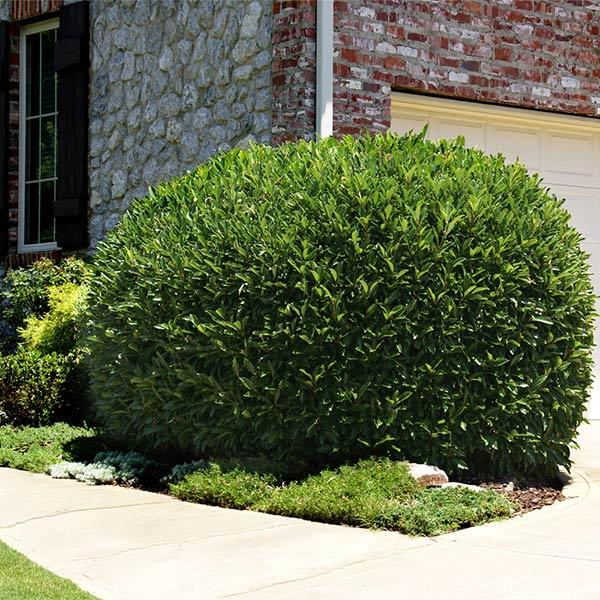
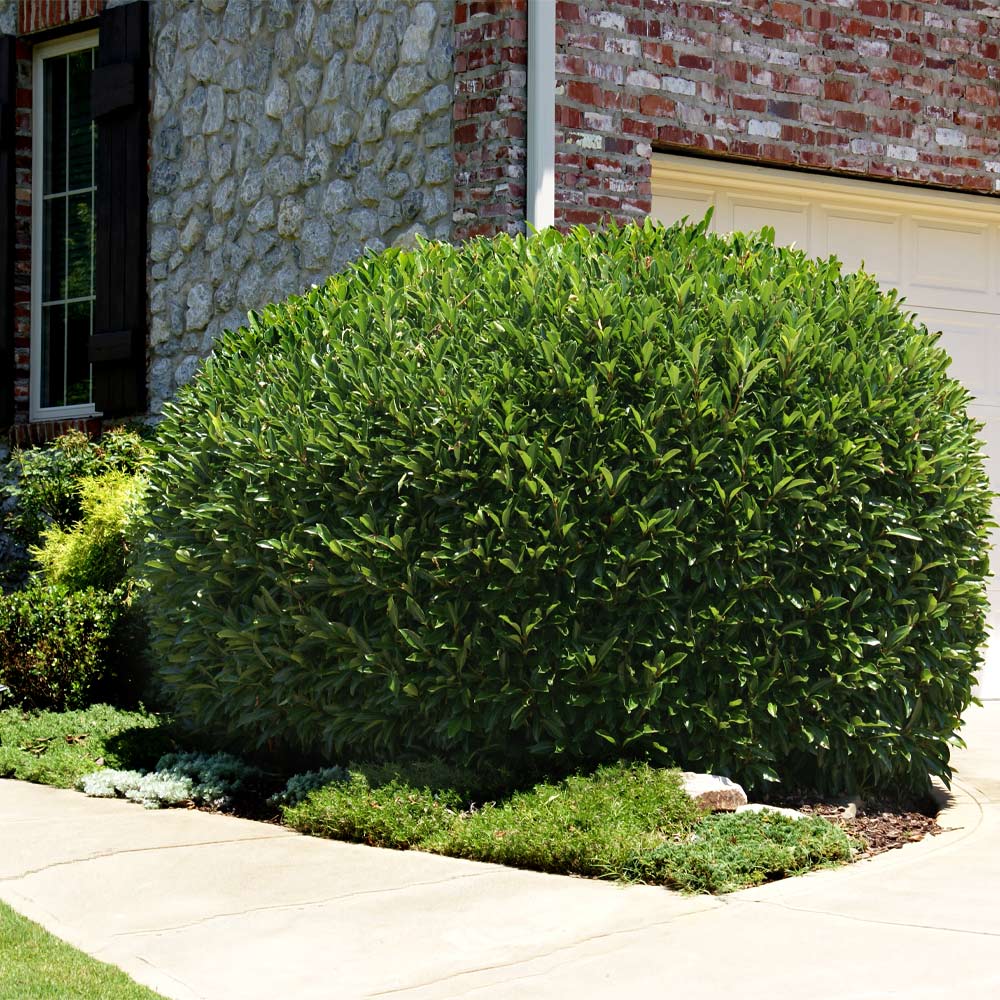
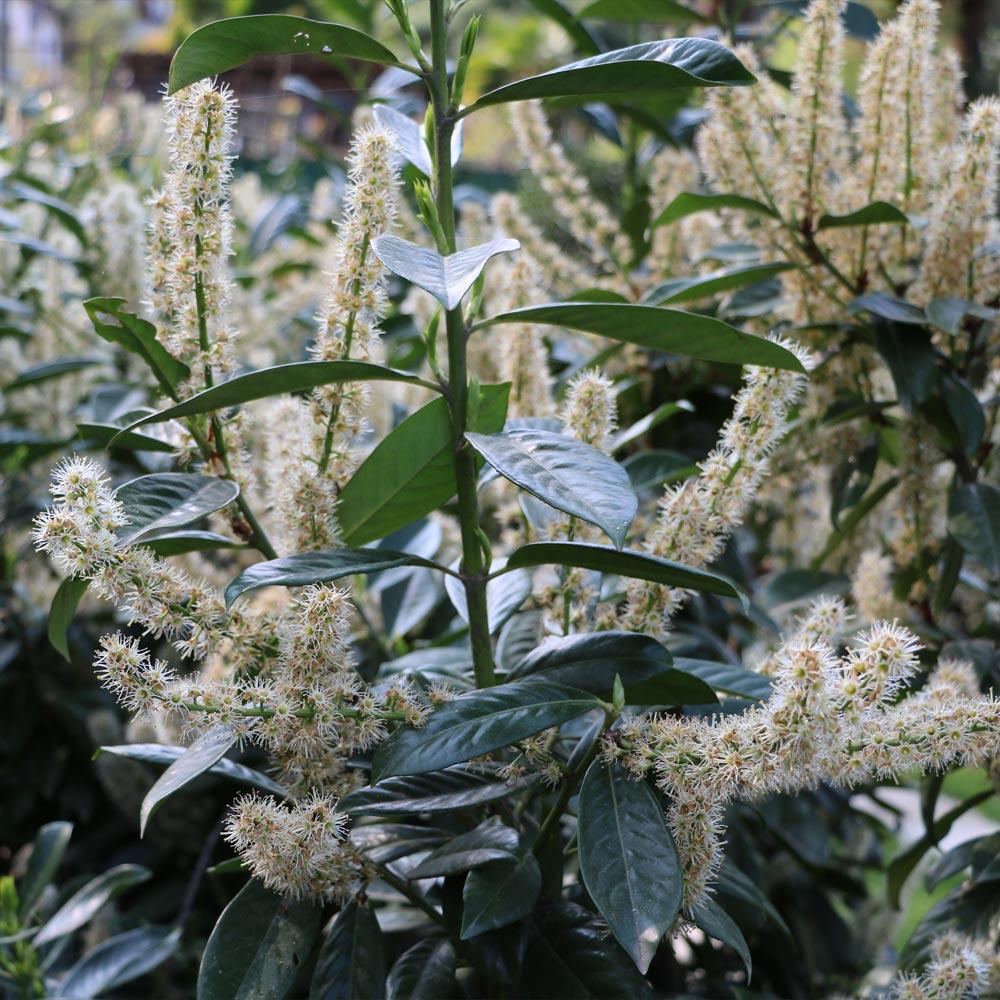
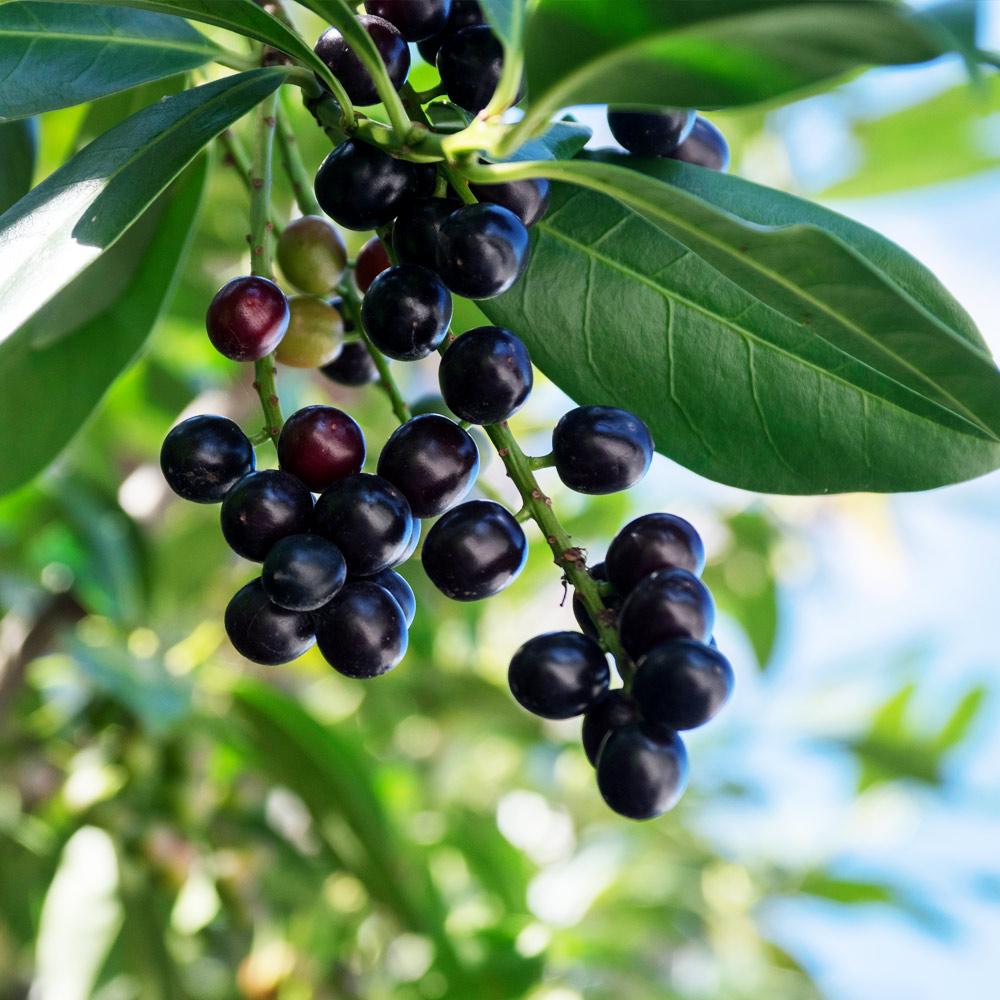
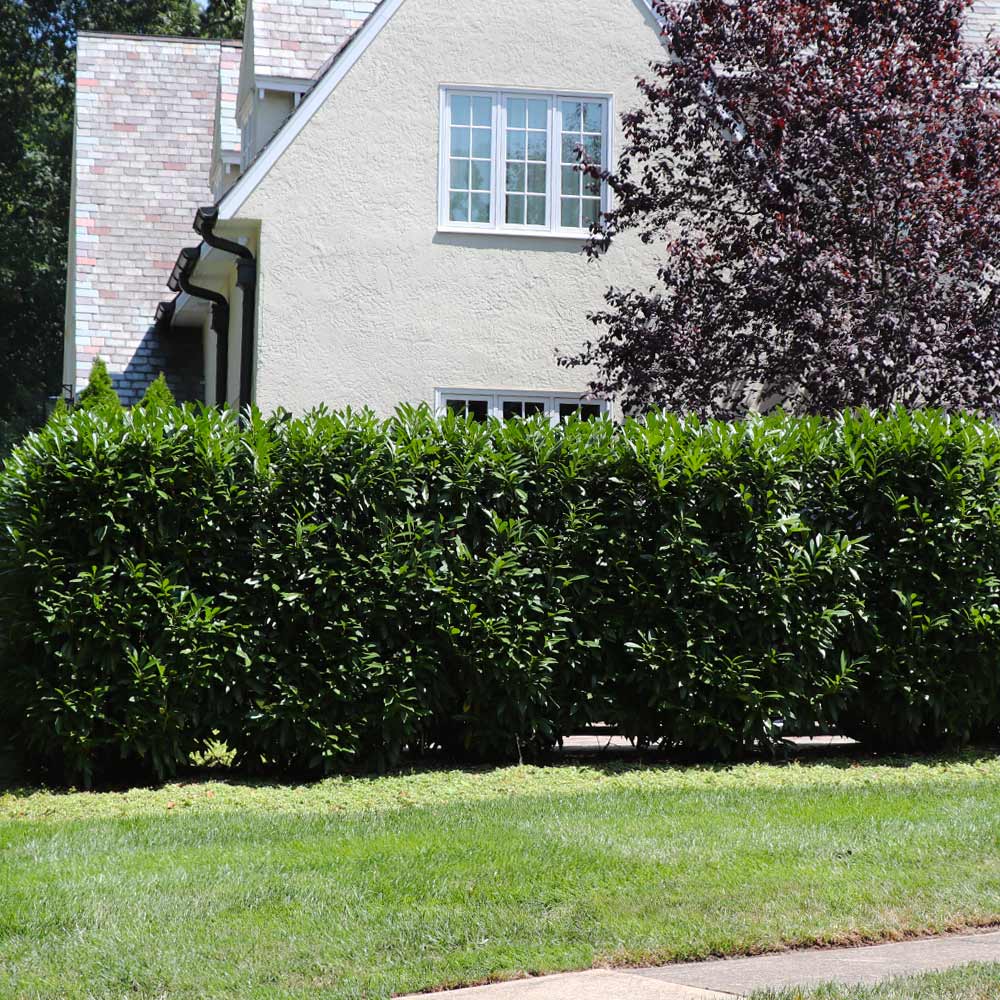
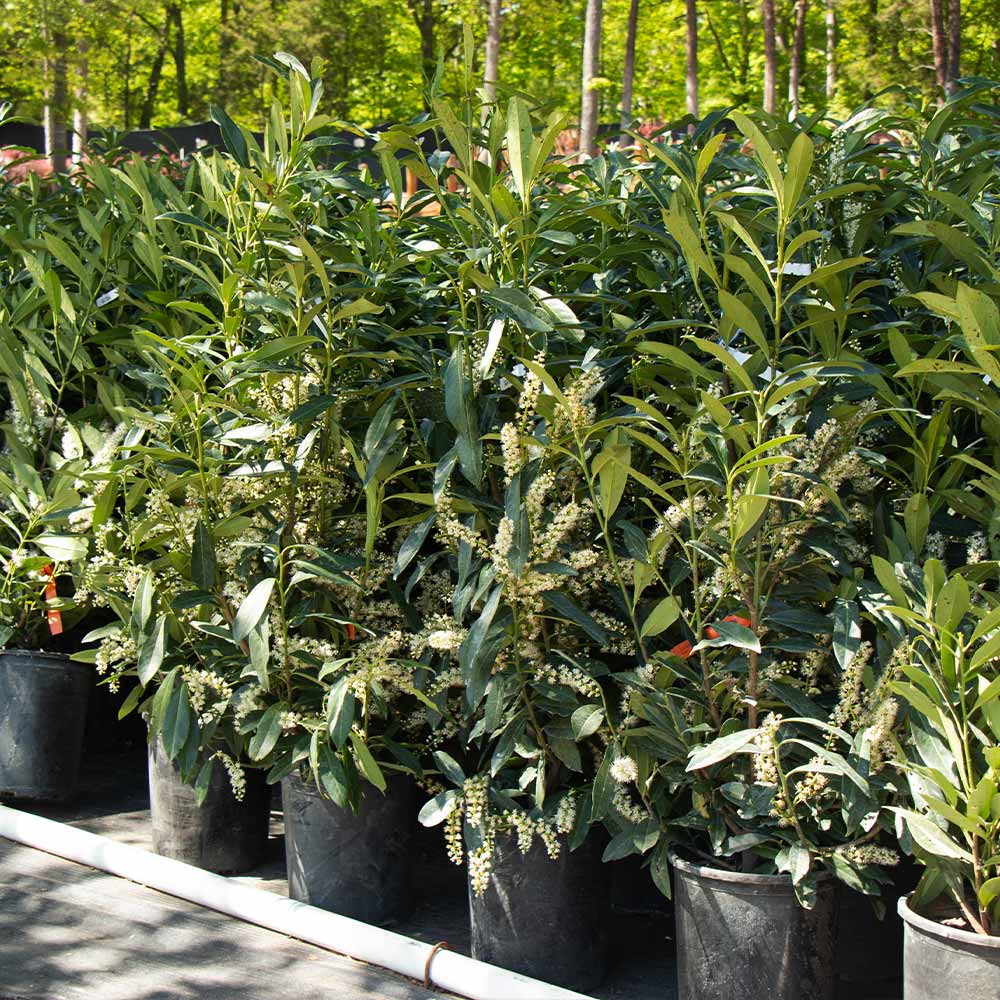

Comment